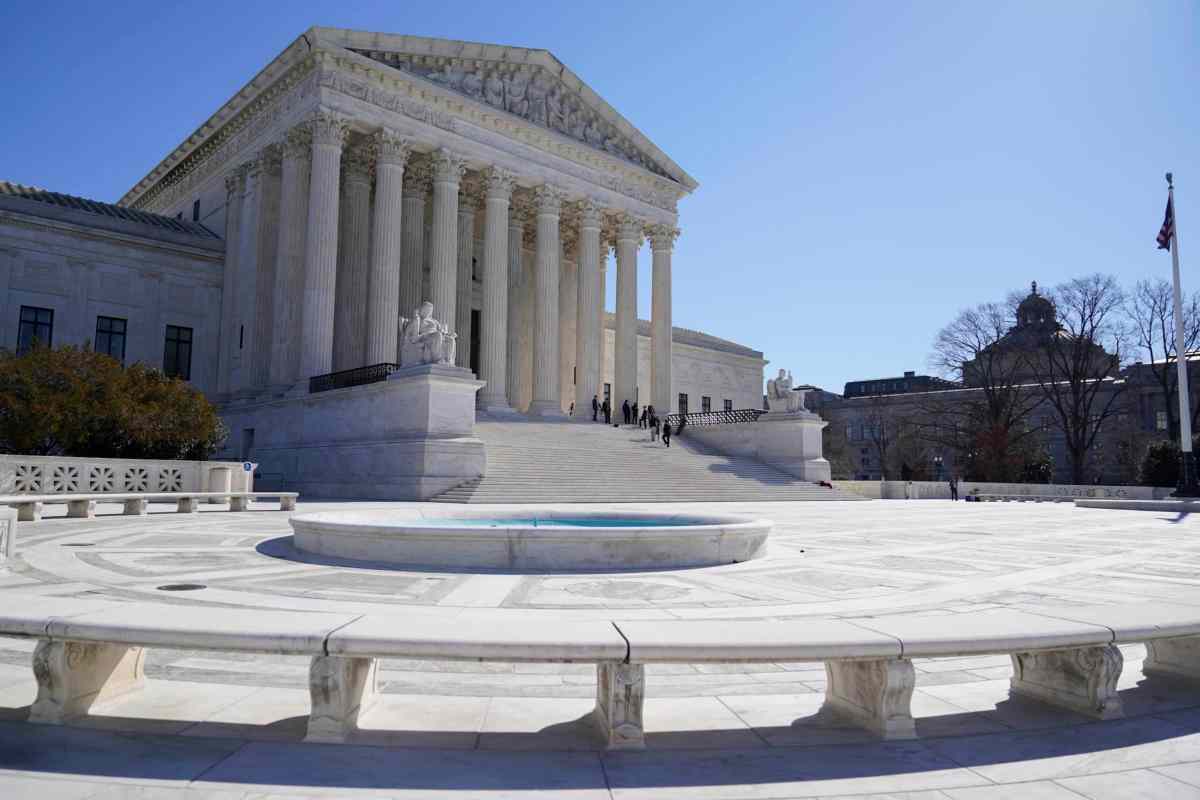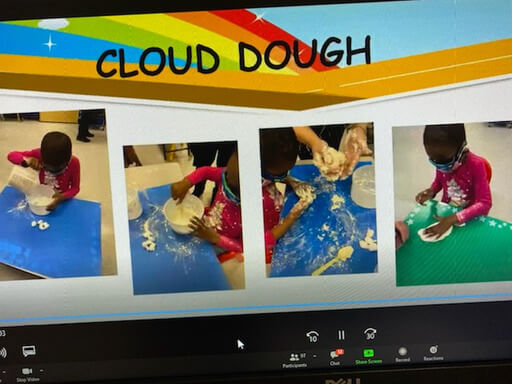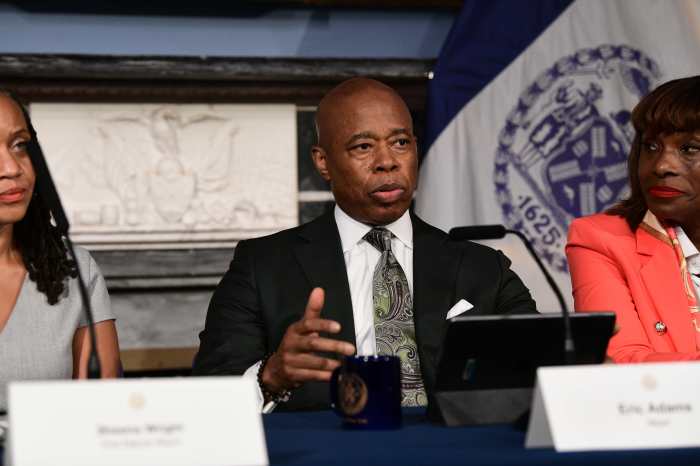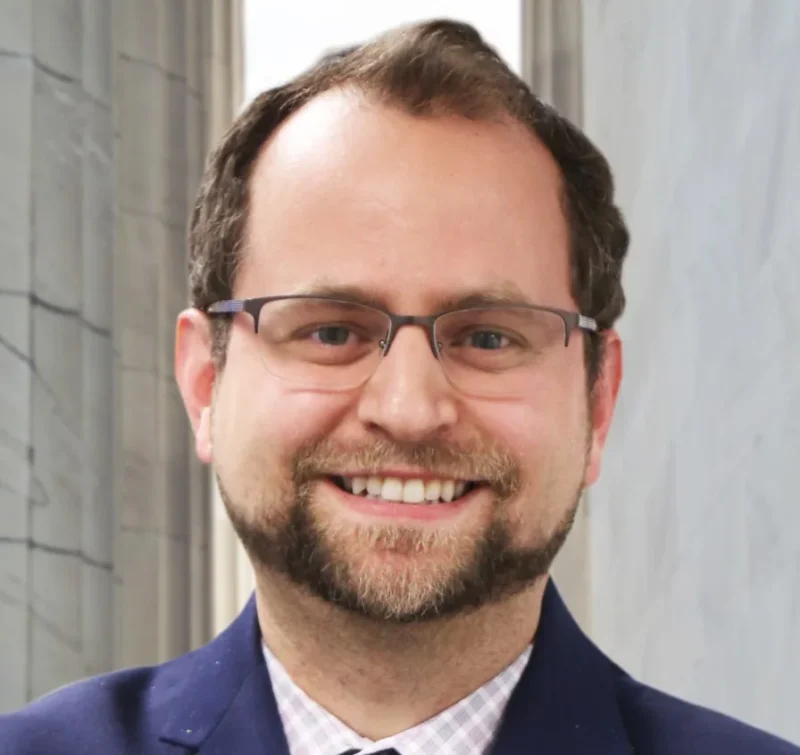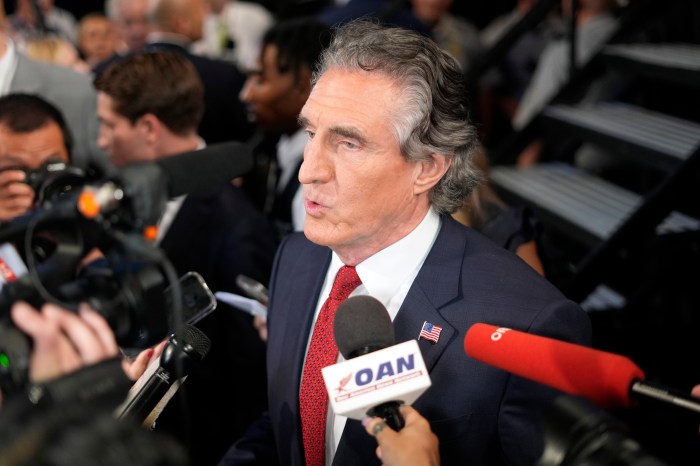From administrators to teachers and students, the COVID-19 pandemic has taken its toll on New York’s school systems. Perhaps no school had more unique challenges through the pandemic than 4201 Schools — not-for-profit, state-supported schools serving students who are deaf, blind and severely physically disabled.
For those 10 specialized schools throughout New York state, three of which are located in the Bronx, an increase in state funding which includes $11.6 million in the state Assembly’s one-house budget proposal and $30 million in the state Senate’s budget, could help with areas of need such as teacher retainment.
“Because of the lower salaries, staff members at the 4201 Schools are often recruited by school districts who can pay much higher salaries,” said Bernadette Kappen, executive director for Pelham Parkway-located New York Institute for Special Education and co-chair of the 4201 Schools Association. “The 4201 Schools are often the professional training ground for teachers of the blind and teachers of the deaf in public schools. When the staff leave schools because of the low salaries, the students suffer.”
The Senate’s proposal, a $30 million investment over three years, includes a fiscal reserve fund that would allow schools to prepare for contingencies throughout the school year and offer competitive salaries. Funding will also allow schools to purchase Braille and other large print textbooks, as well as other adaptive learning materials, 4201 Schools administrators said.
On average, NYC public school teachers earn $65,904, and several 4201 Schools teachers told the Bronx Times they are making well less than that — estimating a near $20,000 differential in pay. That pay disparity makes it hard to reject job offers from other school systems, despite their passion working with deaf and blind students, 4201 Schools teachers said.
“Competitive compensation for the work done by uniquely trained teachers of the deaf, blind and severely physically disabled needs to be addressed in the funding of our schools,” said Debra Arles, executive director at St. Joseph’s School for the Deaf, which is located near the Hutchinson Parkway. “It is not a question of how it will impact our school, it already does. We lose staff on a regular basis as a result of the salary disparity between a 4201 school and the public school systems.”
Another hurdle that renewed investment from the state could help 4201 Schools overcome is access to reliable transportation for students. Parents and officials complained that other school districts in the state were reportedly able to provide adequate bus transportation for their students who attend these schools, which typically begins on Sept. 1, when school starts.
The Daily News reported that approximately 400 students with disabilities were slated to utilize the special transportation to 4201 schools this year, but schools had run into inconsistent busing issues for the third consecutive year. Kappen told QNS.com that at least four schools she represents, including Lavelle School for the Blind in Baychester were “being thrown into a state of uncertainty” by the constant changing plans for transportation.
In his first budget proposal since taking office in February, NYC Mayor Eric Adams’ plans would actually boost overall city spending on schools by 3% compared to last year, with $134 million designated for pupil transportation.
Reach Robbie Sequeira at rsequeira@schnepsmedia.com or (718) 260-4599. For more coverage, follow us on Twitter, Facebook and Instagram @bronxtimes.













